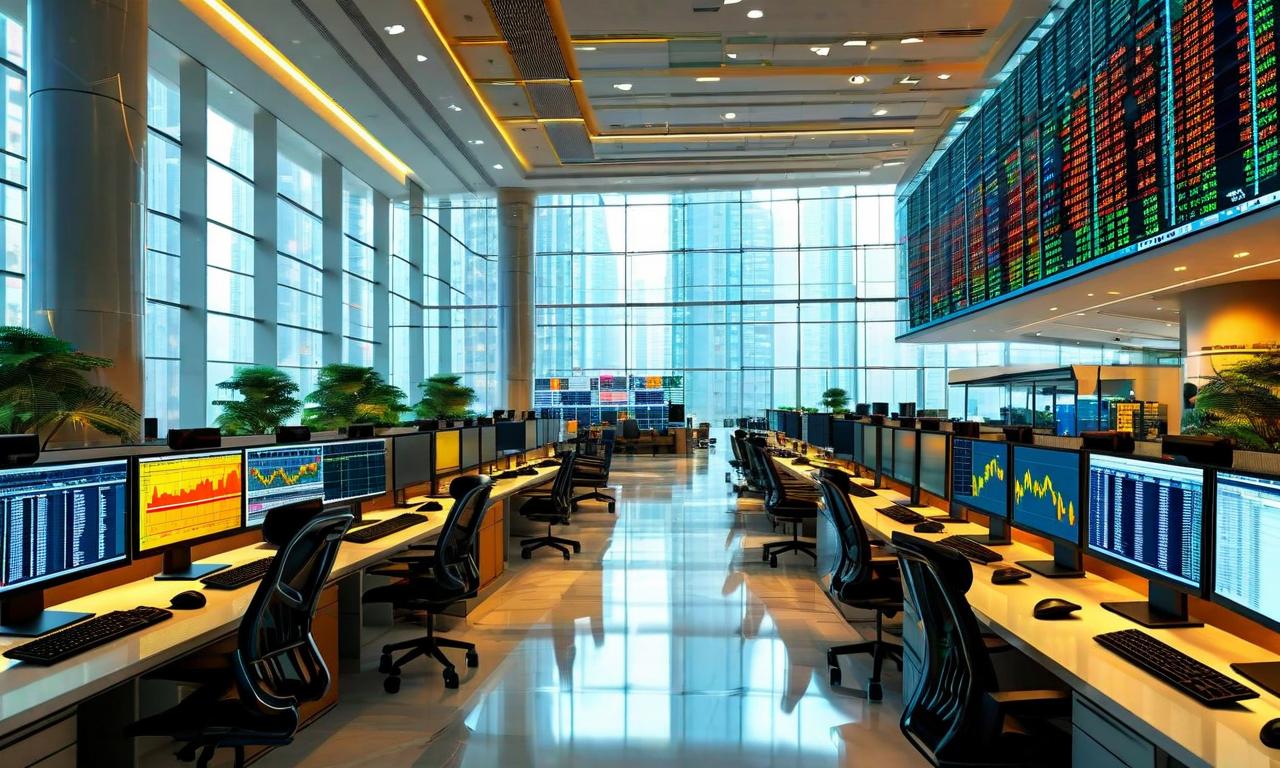Jefferies' Chris Wood Adjusts Asia Portfolio: Reduces India Weight, Boosts China Exposure
Christopher Wood of Jefferies has rebalanced his Asia ex-Japan thematic portfolio, reducing India's weight by 1% and increasing China's by 2%. India now stands at 40% and China at 33%. Despite Q3 underperformance, India's portfolio has outperformed its benchmark since inception. China's portfolio showed strong Q3 and YTD performance. The overall Asia ex-Japan portfolio underperformed in Q3. Wood plans to remove Nvidia from the global portfolio due to valuation concerns, replacing it with Greek firm Gek Terna.

*this image is generated using AI for illustrative purposes only.
Christopher Wood, Jefferies' global head of equity strategy, has made significant adjustments to his Asia ex-Japan thematic portfolio, reflecting shifting market dynamics and performance trends across the region.
Portfolio Rebalancing
Wood has implemented the following changes in his portfolio allocations:
- Reduced India's weight by one percentage point
- Increased China's exposure by two percentage points
These adjustments were made to maintain China's overweight position following changes in neutral weightings. The current portfolio composition stands at:
| Country | Portfolio Weight |
|---|---|
| India | 40.00 |
| China | 33.00 |
Performance Overview
India Portfolio
- Q3 Performance: -7.40%
- MSCI India Index Q3: -6.60%
- Since Inception (July 2021):
- India Portfolio: +81.60%
- MSCI India Index: +41.90%
Despite recent underperformance, India's long-only portfolio has significantly outperformed its benchmark since inception.
China Portfolio
- Q3 Performance: +23.10%
- YTD Performance: +42.00%
China's portfolio has shown robust performance, particularly in the last quarter.
Asia ex-Japan Portfolio
- Q3 Performance: +8.00%
- MSCI Benchmark Q3: +11.10%
The overall Asia ex-Japan portfolio underperformed its benchmark in Q3, primarily due to its high exposure to India.
Global Portfolio Update
Wood also announced plans to remove Nvidia from the global portfolio, citing valuation concerns. The tech giant will be replaced by Greek infrastructure firm Gek Terna.
These strategic moves by Christopher Wood reflect the dynamic nature of global markets and the continuous need for portfolio rebalancing in response to changing market conditions and valuations.





























